Donald Trump’s first trip to Asia since returning to the White House delivered both spectacle and skepticism. On Sunday, he presided over the signing of a ceasefire between Thailand and Cambodia, a deal he called “something a lot of people said couldn’t be done,” before unveiling a string of new US trade agreements with regional partners.
The ceremony took place on the sidelines of the ASEAN summit in Kuala Lumpur, joined by Thai Prime Minister Anutin Charnvirakul, Cambodia’s Hun Manet, and Malaysian host Anwar Ibrahim. The leaders framed the accord as a foundation for peace after July’s bloody five-day border clash that killed more than 40 people.
Anutin hailed “the building blocks for a lasting peace,” Hun Manet called it “a historic day,” and Anwar said it proved that “reconciliation is not concession but an act of courage.”
The agreement commits Thailand to release 18 Cambodian soldiers and remove landmines and heavy weapons from the border zone, while Malaysia will deploy peacekeeping troops to monitor compliance. But the deal does not resolve the century-old territorial disputes at the heart of the conflict.
Trump, meanwhile, moved quickly from peace diplomacy to dealmaking. After the ceasefire signing, he inked trade and energy agreements with Thailand, Cambodia, and Malaysia worth tens of billions of dollars.
According to the White House, Thailand agreed to purchase $2.6bn in US farm products, $5.4bn in energy goods, and 80 aircraft valued at nearly $19bn. Cambodia will work with Boeing on aviation development, while Malaysia committed to buying up to $3.4bn in US liquefied natural gas and investing $70bn in American capital funds. Kuala Lumpur also pledged not to restrict exports of critical minerals or rare-earth magnets to the US.
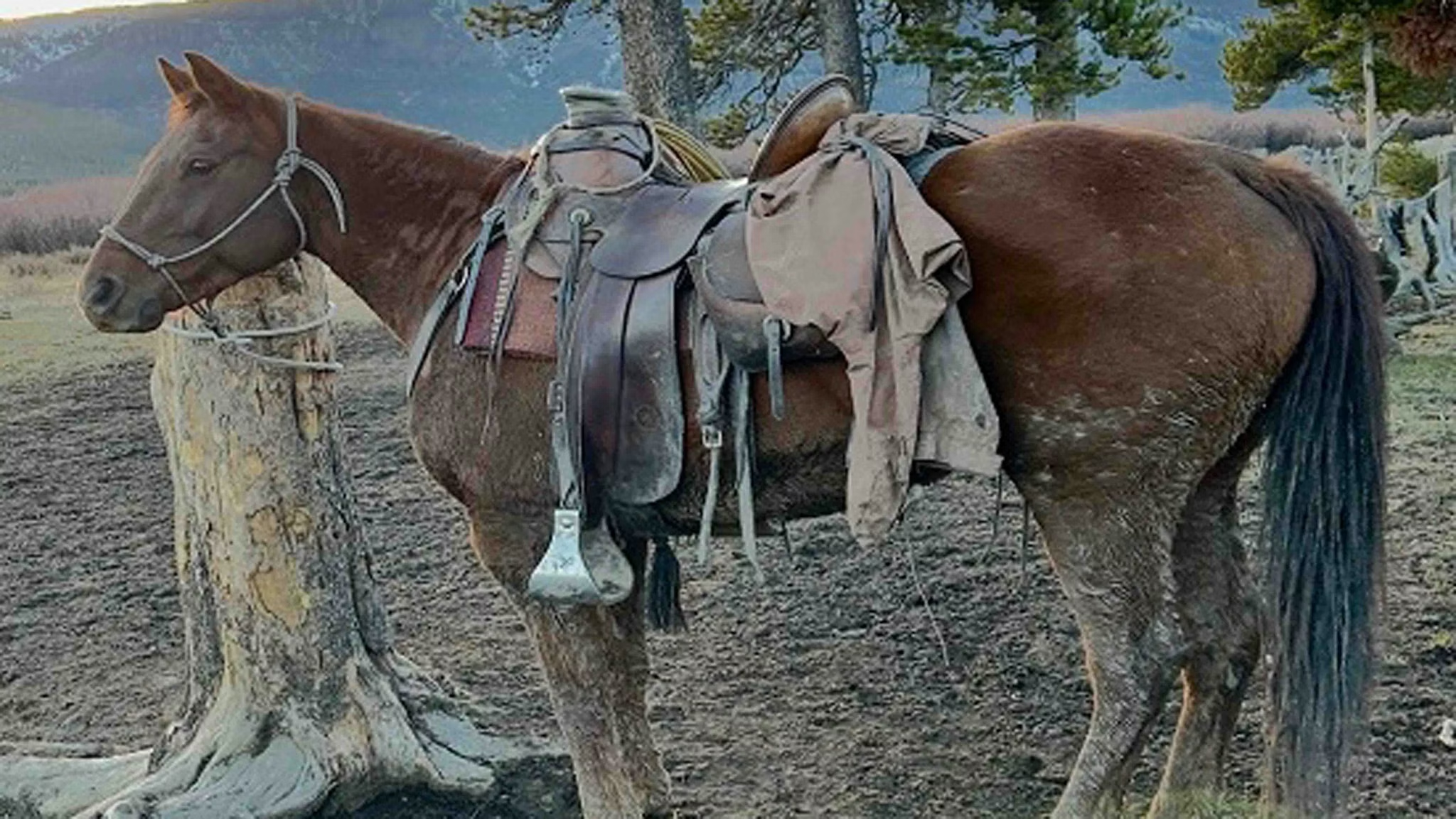
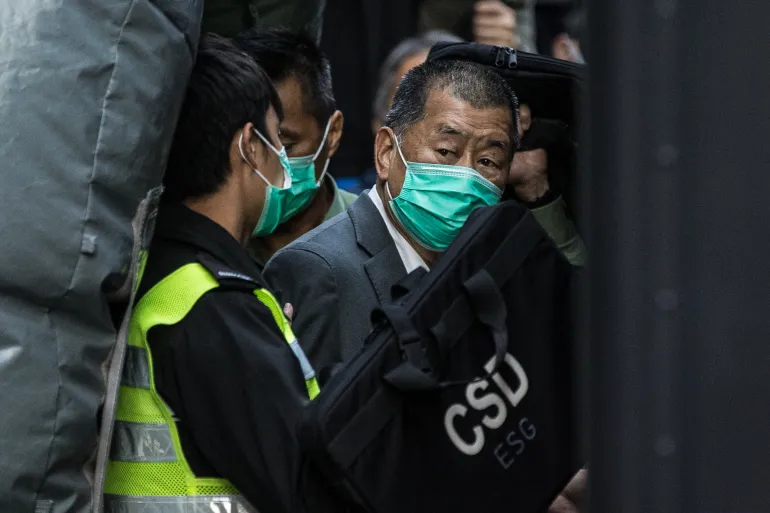

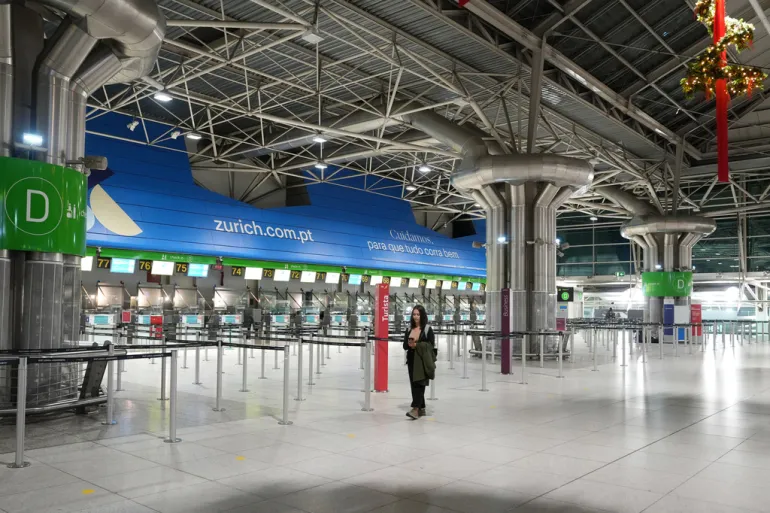
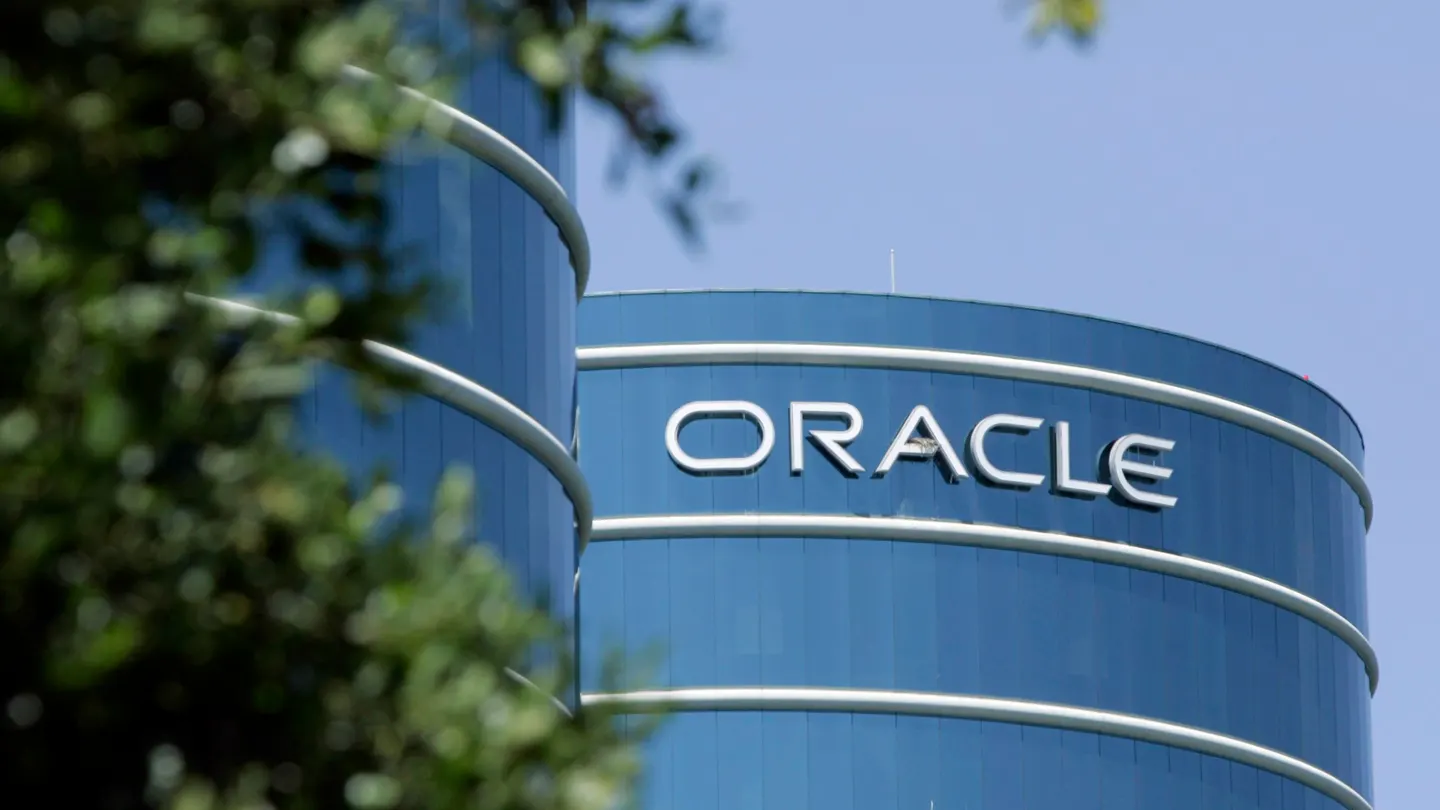
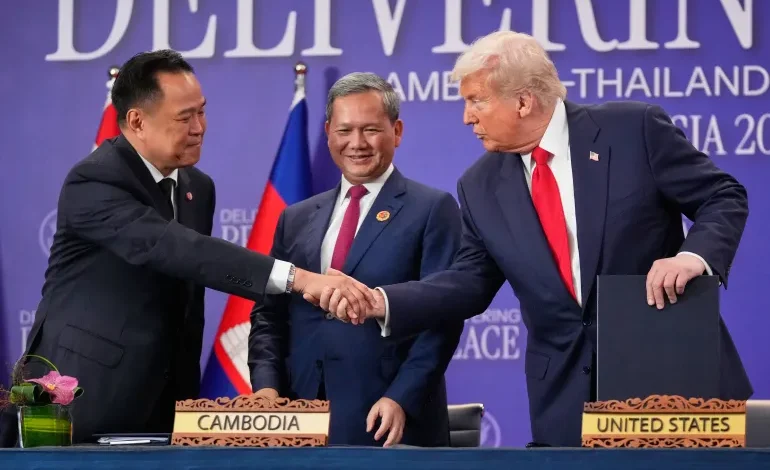


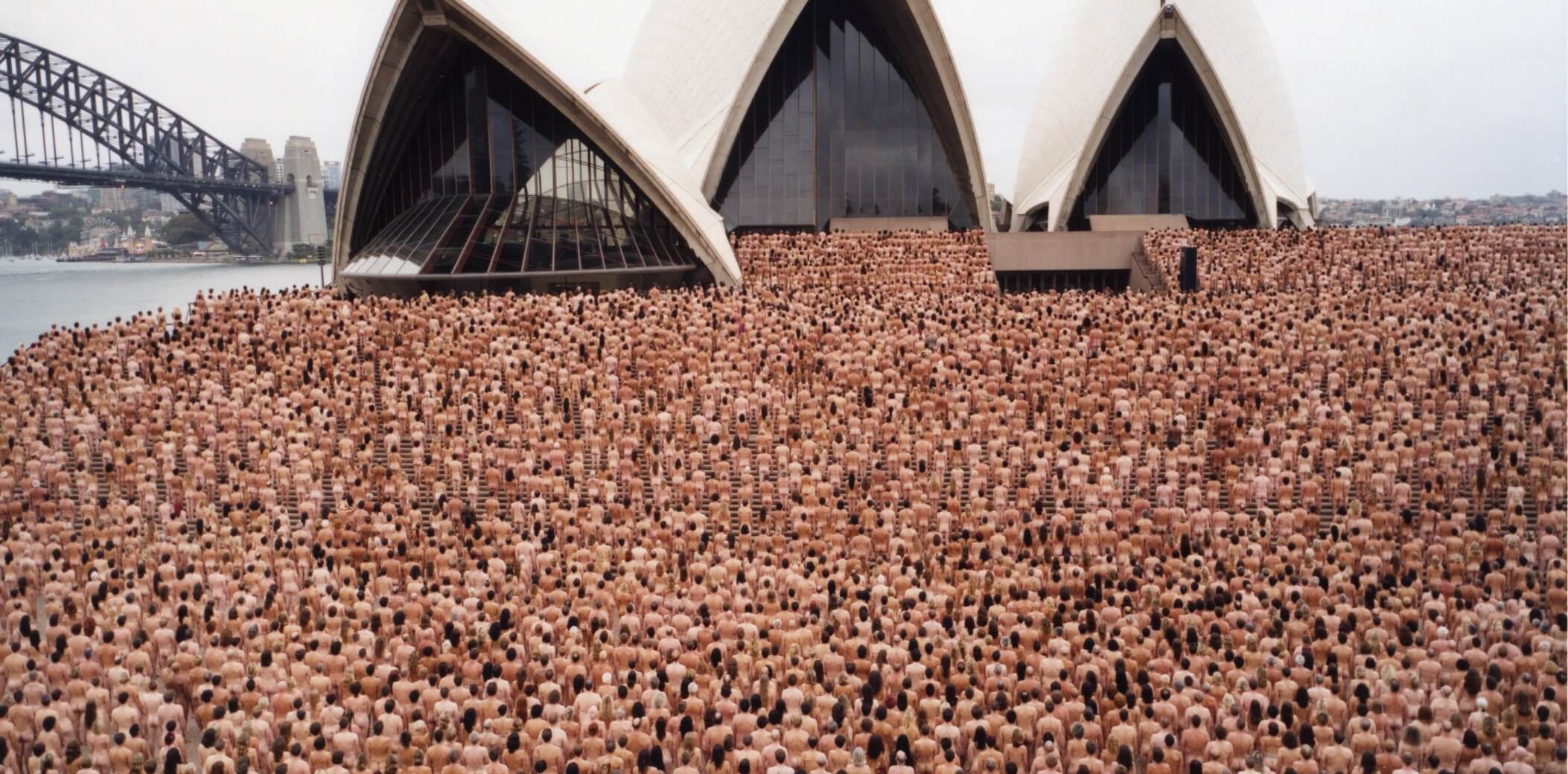
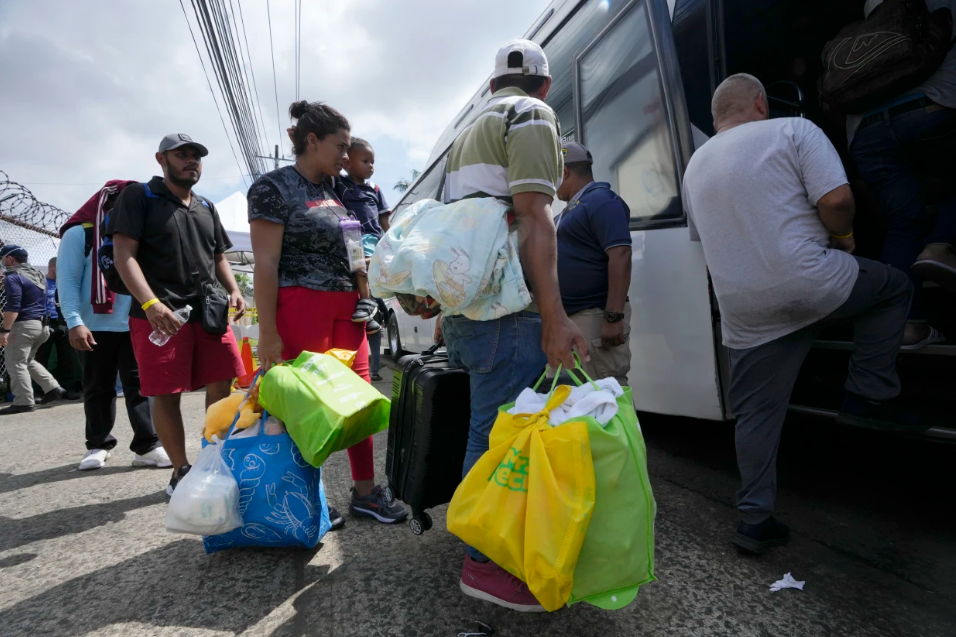
The latest news in your social feeds
Subscribe to our social media platforms to stay tuned